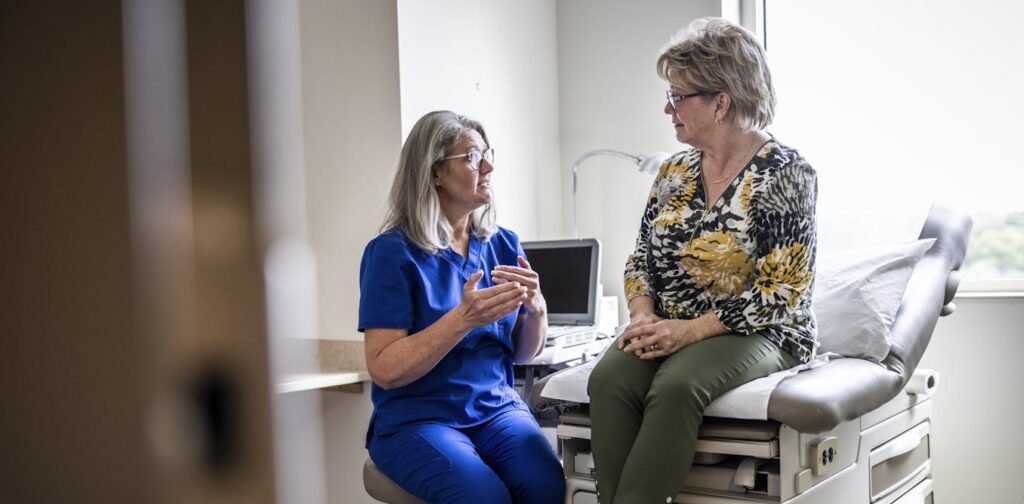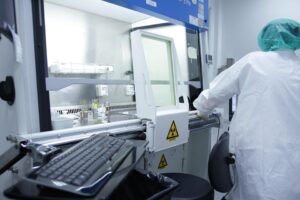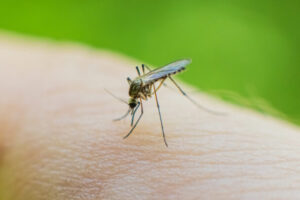
If you live in rural or remote Australia and are diagnosed with cancer, your chances of survival are significantly lower compared to those residing in urban areas. Recent research highlights that people in rural Australia are 13% less likely to survive cancer within the first five years post-diagnosis. This stark inequity affects the seven million Australians living outside major cities and is evident at every stage of cancer care, from prevention to end-of-life support.
The findings, part of a five-paper series published in The Lancet Regional Health – Western Pacific, delve into the reasons behind these disparities and propose solutions to bridge the gap.
Understanding the Disparity
Analysis of survival data from 37 studies across various countries reveals a consistent pattern: the more remote the location, the poorer the survival rates. Several interconnected factors contribute to this trend, with access to early-stage health services playing a critical role. In rural areas, cancer screening is less accessible, leading to later-stage diagnoses when treatment becomes more challenging.
When symptoms such as pain, changes in bowel habits, fatigue, or unintentional weight loss arise, the distance to medical facilities and long wait times further delay diagnosis. This delay can be detrimental to patient outcomes.
The Burden of Travel for Treatment
Once diagnosed, rural Australians often face a difficult choice: relocate to the city for treatment, endure exhausting and costly journeys for appointments, or decline recommended treatments due to travel constraints. Radiation therapy, a key component of cancer treatment, is predominantly available in metropolitan areas, as is specialized cancer surgery. This necessitates long-distance travel, often requiring weeks or months away from home, family, and work.
Consider the practical implications: a farmer during harvest season needing weeks of daily radiation therapy 300 kilometers away, or a parent with school-age children requiring multiple treatments across different locations without sufficient leave. These scenarios highlight the financial and emotional toll on patients and their families.
Beyond Distance: Systemic Challenges
Rural hospitals frequently lack specialized cancer services. While chemotherapy might be available, oncologists are often absent, and specialized cancer surgeons and radiation therapy facilities are scarce. Access to clinical trials, which can provide cutting-edge treatments and better outcomes, is limited in rural areas.
Moreover, allied health support such as physiotherapy, dietetics, and occupational therapy, along with psychosocial supports like psychology and social work, are often inadequate. Workforce shortages and fewer specialists in rural hospitals mean that multidisciplinary teams seldom meet to discuss complex cases, impacting the quality of care.
Addressing the Root Causes
Rural communities are diverse, with unique challenges. A farming town in Victoria differs from a regional center in Queensland, necessitating tailored solutions developed in collaboration with these communities. However, current health-care interventions often focus on training and educating staff, neglecting systemic issues. Few studies engage meaningfully with rural communities or health-care professionals in designing solutions, placing undue burden on individuals rather than addressing policy, funding, and infrastructure shortcomings.
Building on Rural Strengths
The historical evolution of cancer policy in Australia shows promise. The nation’s Cancer Plan (2023-2033) is among the world’s strongest in addressing rural cancer inequities, aiming to ensure optimal cancer care for all Australians, regardless of location. However, policy is only the beginning.
Place-based solutions developed in genuine partnership with rural communities are essential. This involves engaging rural health-care workers, patients, and community members from the outset, rather than imposing city-designed programs. Potential solutions include:
- Expanding telehealth for specialist consultations, allowing rural patients to access expert advice without travel.
- Improving travel and accommodation support for patients who must travel for treatment.
- Implementing patient navigation programs to coordinate complex care across distances.
Rural health services, often agile and well-positioned for research and innovation, can drive change. Yet, better data collection is needed to assess the effectiveness of these solutions. Rural cancer patients are frequently underrepresented in research databases, and their outcomes can be overshadowed by larger urban numbers. Tracking patient locations and remoteness will provide clearer insights into intervention impacts.
Finally, shifting away from a deficit view of rural health care is crucial. Rural communities possess strengths such as strong social connections, established relationships with local health-care providers, and dedicated community members with deep local knowledge. Leveraging these strengths is vital.
Achieving cancer equity for Australians in rural areas requires coordinated action and sustained investment in rural infrastructure and capacity. Cancer survival should not depend on where one lives.





